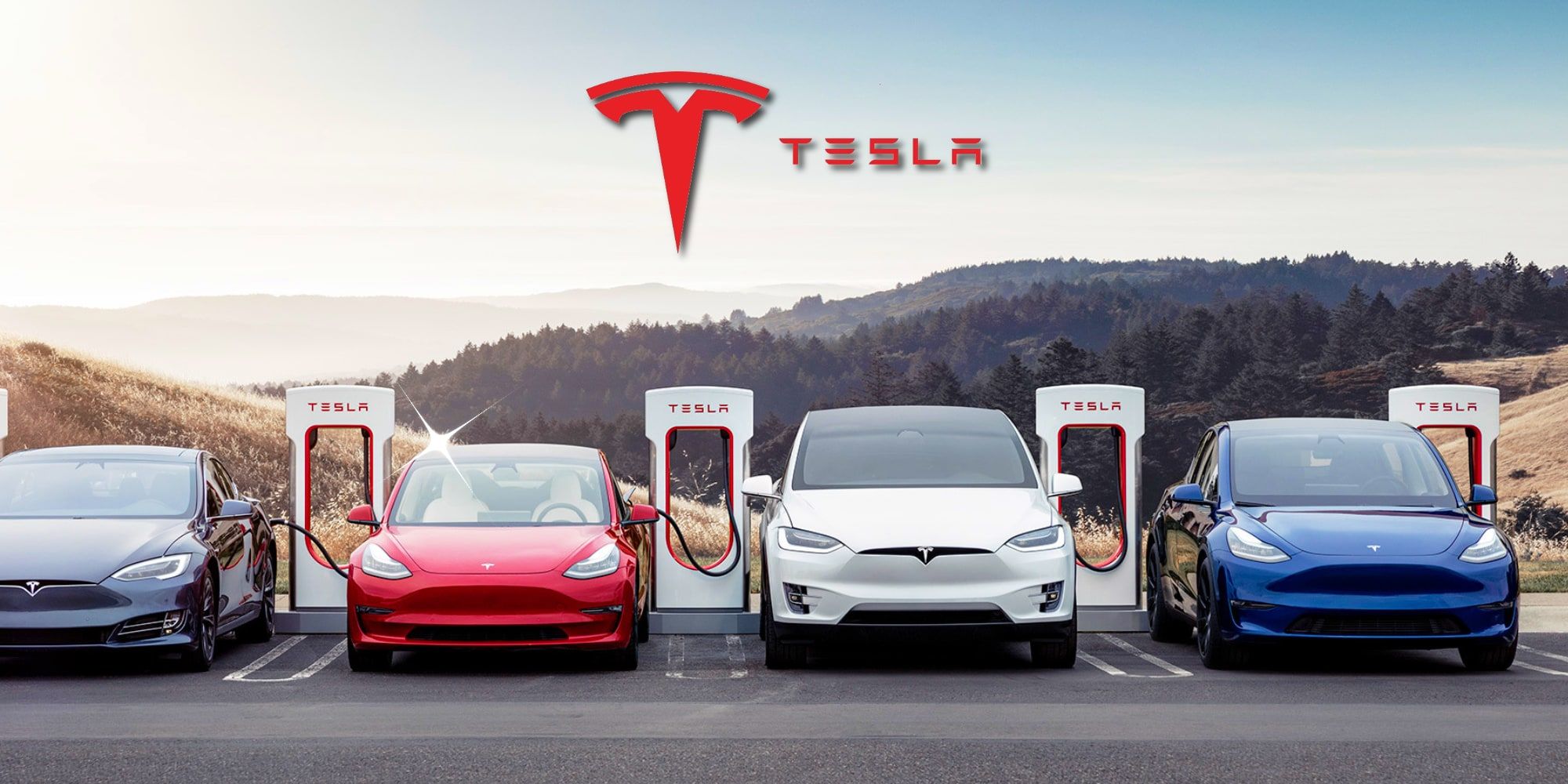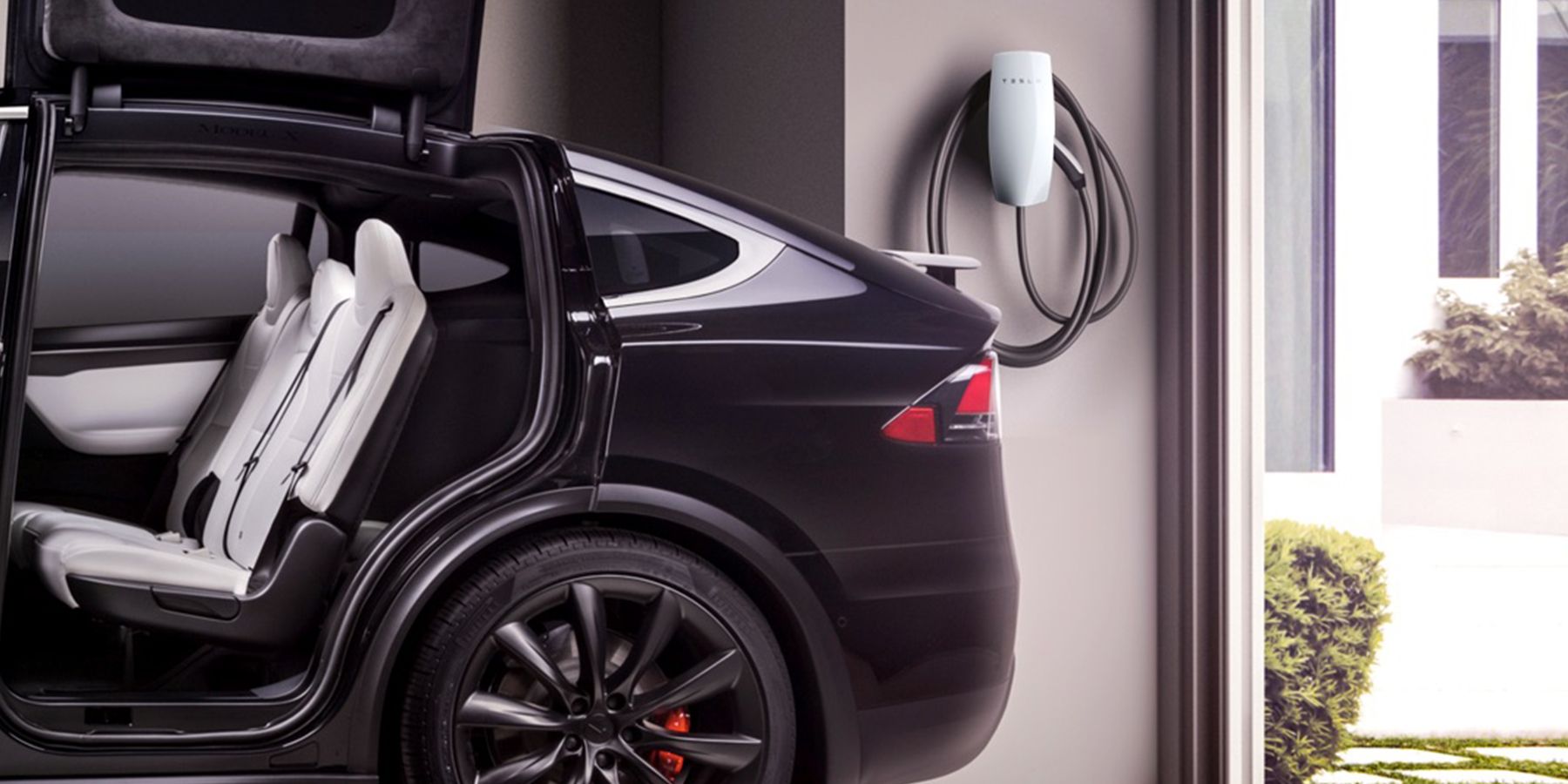
Every Tesla car is fully electric, which results in a lower cost per mile than filling up a gasoline or diesel-powered vehicle. Prices for electricity do vary, however, both by location and type of charger. Rates also vary across Tesla’s Supercharger network, but the average price is quite affordable. Of course, there is also the option to charge at home with the 120-volt charger that is included with every Tesla vehicle purchase.
The fastest way to charge a Tesla to full capacity is at a Supercharger, but the lowest prices are usually found with home charging. Home chargers are quite useful for topping up the car overnight and when running a few errands around town, there may not be a need to use a Supercharger. When commuting to work over some significant range or when traveling, however, a Supercharger can become a necessity. The good news is that Tesla’s network of charging stations is already quite large and increasing rapidly. There are also destination chargers, which are usually located at restaurants and hotels.
The cost to charge a Tesla vehicle is relatively low, but can vary depending on the charger used, the location, and how much power is needed. Obviously, a greater capacity battery, found in more expensive models and particularly in long-range models, requires more power and will have a higher cost to charge from empty to full. Therefore, it’s easier to compare the cost per kilowatt-hour (kWh). Tesla posts rates for its Supercharger network, but notes that rates may change, so it may cost a bit more (or less) than these figures. On average it may cost about 28 cents per kWh to use a Supercharger. How far a Tesla car can travel on a kWh of charge varies by model. When using a home charger, the cost is based on the meter rate for each area. On average, the U.S. rate for electricity is about 13.6 cents per kWh, so charging at home will cut the cost of charging a Tesla in half.

Tesla states that its Superchargers are not designed to make a profit, but the costs of installing and maintaining these powerful fast chargers, along with the fees the company must pay to local electric companies, makes the rate higher than using home chargers. Of course, home chargers are much slower and, for most people, only available in one location. There are two different types of home chargers, each with the same cost per kWh, since they use the same electricity grid. Tesla includes a 120-volt home charger with every vehicle it sells. A 240-volt home charger can be purchased which allows charging at up to 11.4kW per hour, depending on the ampere rating of the circuit the charger is connected to. Contrasting this with Superchargers which commonly deliver up to 60kW and the latest V3 Superchargers that can provide up to 250kW, it’s easy to understand how a Supercharger is worth the extra expense.
A standard Tesla Model 3 comes with a 75kWh battery and can reach full capacity (with most Superchargers) within an hour. Using the average rates mentioned above, this will cost about $21, while charging at home would cut the cost to about $10. When using the included 120-volt home charger, charging from empty to full may take days, but most don’t push range as far as that, typically reaching home with at least some charge to spare. Tesla notes that the included charger adds about two to four miles of range per hour. If someone is getting a full nine hours of sleep, along with the little prep time needed to get ready for the day, a Tesla can be charged for at least ten hours each night, adding 20 to 40-miles. That is likely to be sufficient enough to handle the day’s activities for most Americans. For those that commute, the 240-volt home charger adds between 11 and 44 miles of range per hour, providing at least a hundred miles of charge each night and possibly even a full charge. Overall, the cost of charging a Tesla is low, even when using a Supercharger, but the home charger cuts that cost in half.
Source: Tesla
from ScreenRant - Feed https://ift.tt/2KFpxA1






0 Comments
Please don't use vulgar comments and avoid discussion on Religious matters